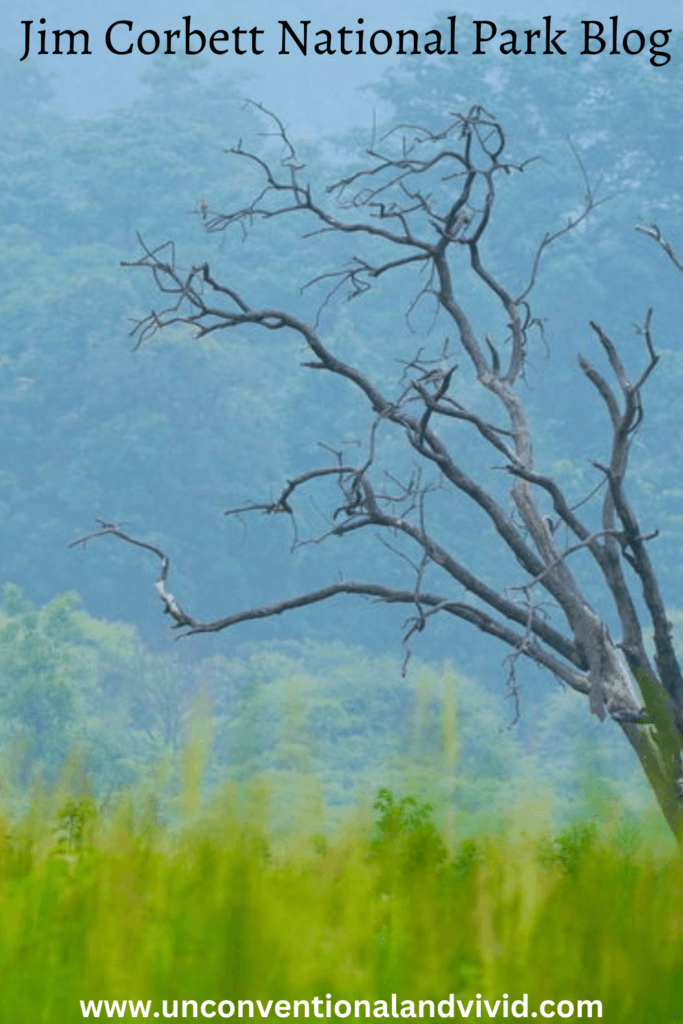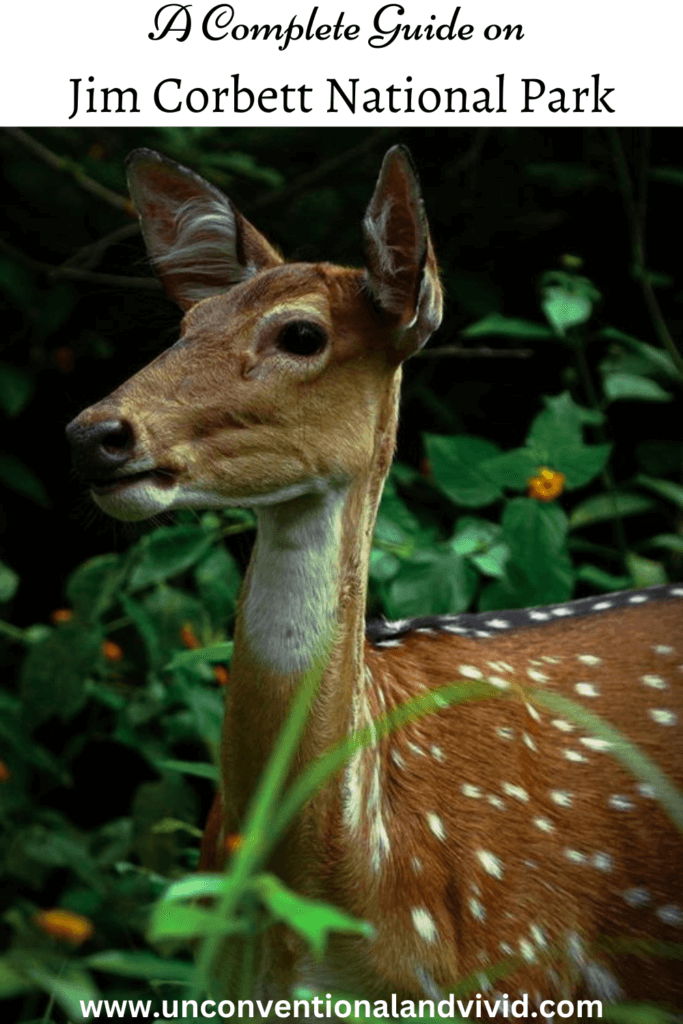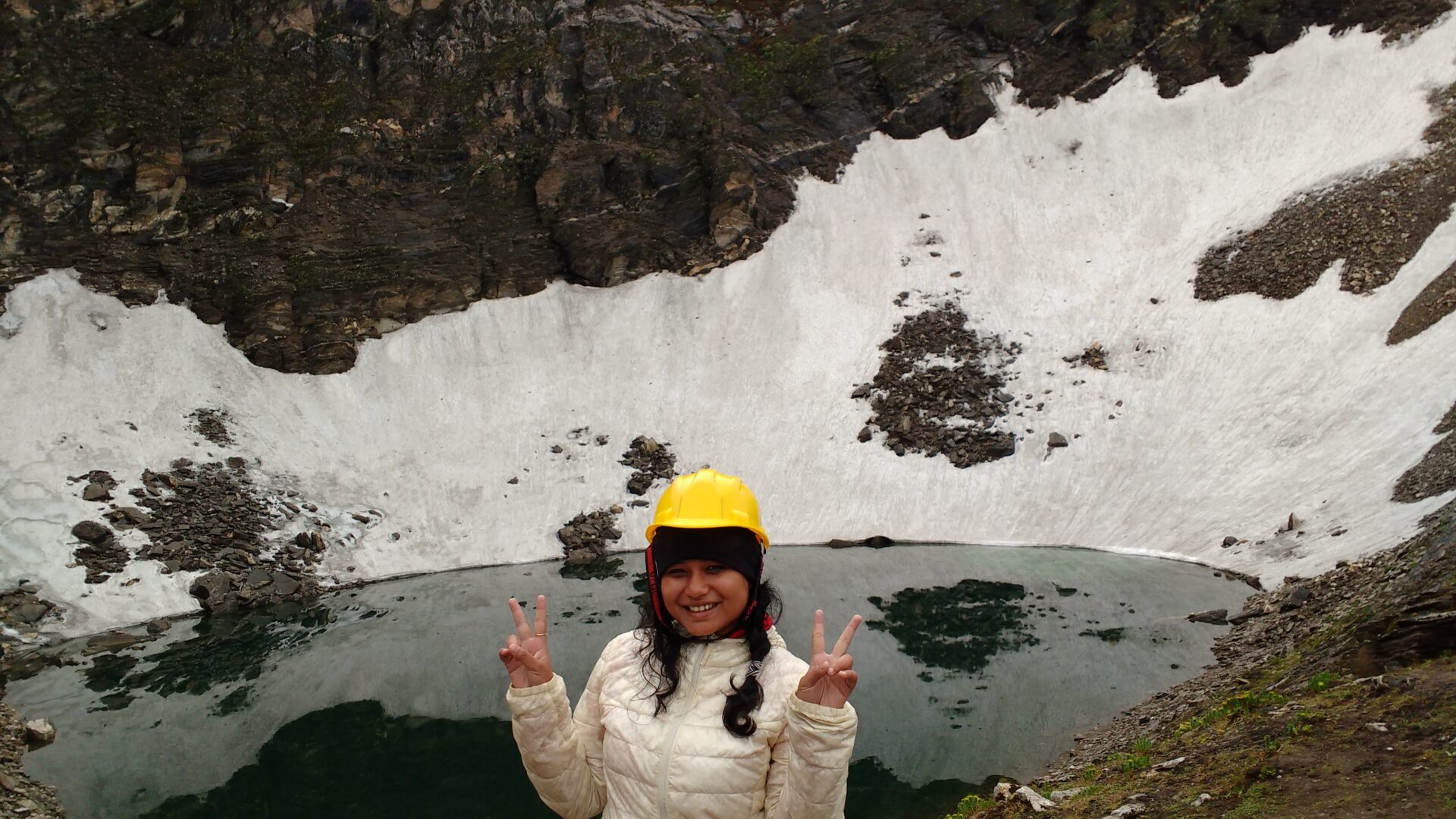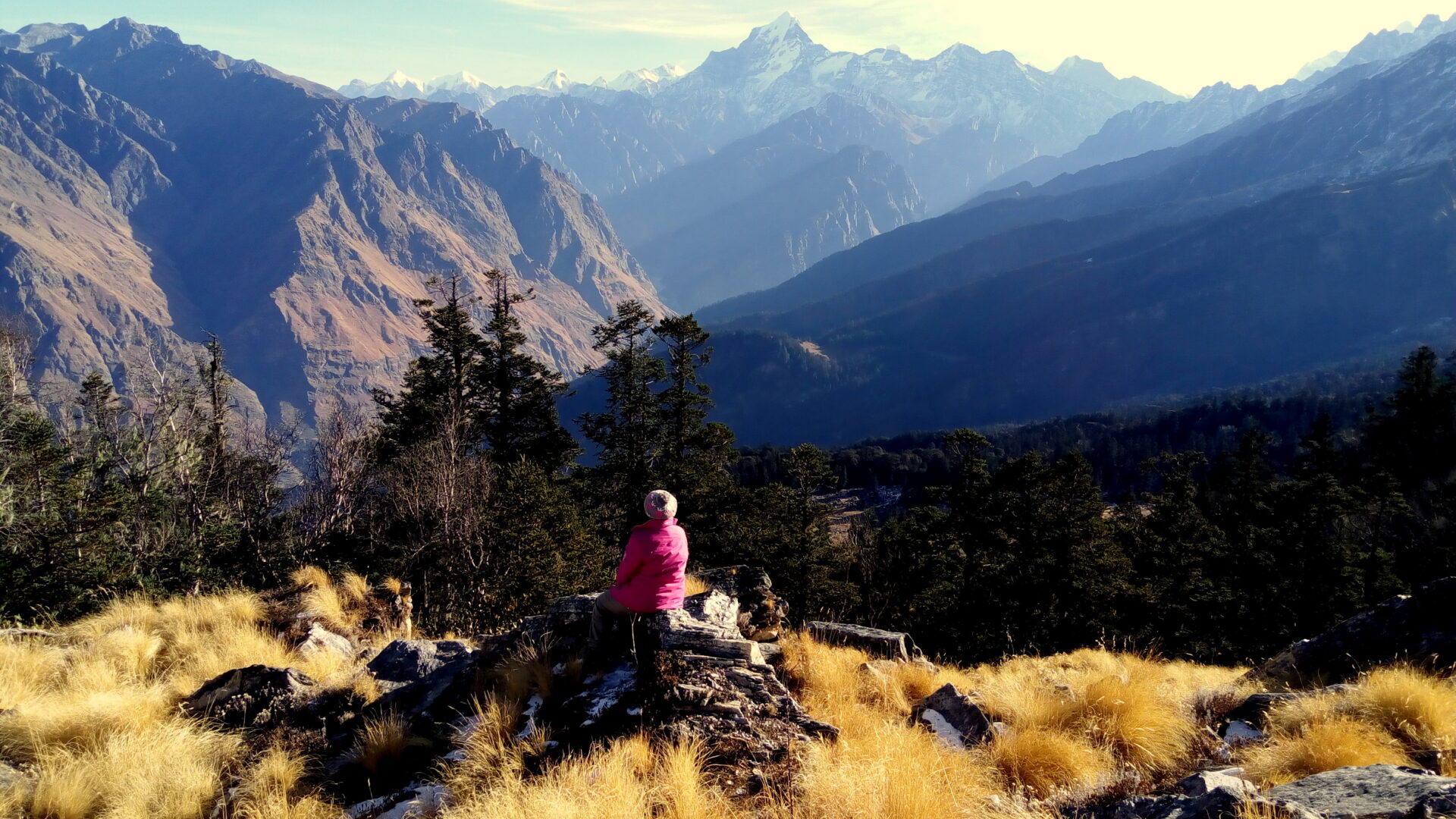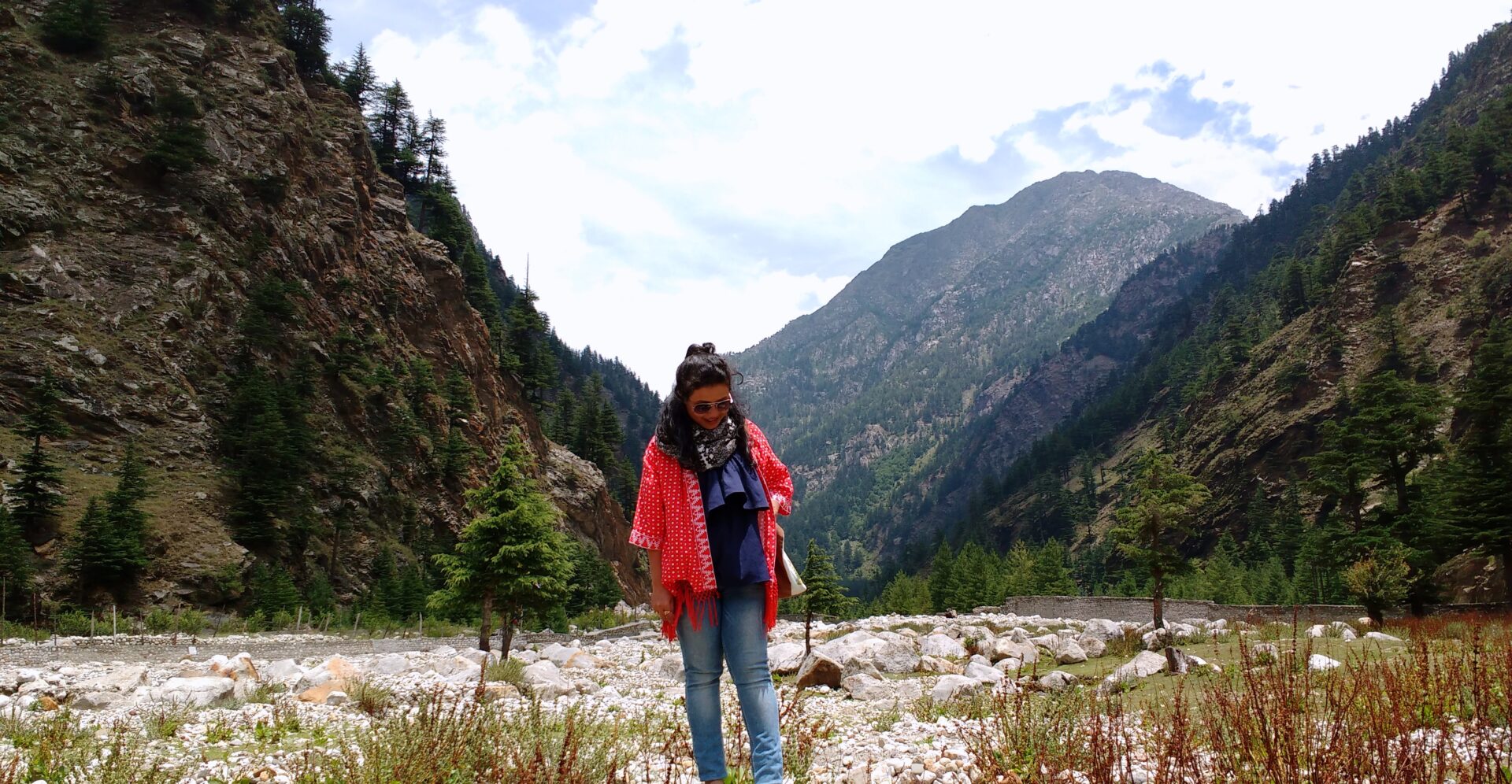Jim Corbett National Park – Spotting Tiger & Beyond
Sshhhhhhhhhhh! Our guide gestured, turning his head askew, and motioned his finger towards the bushes. He whispered in a garbled muffle hinting to get the camera ready. Our safari jeep stood facing another jeep with two wildlife photographers steadily holding their gigantic lenses. The sound of rattling leaves pierced the eerie silence as we continued to keep our eyes fixed on the royal approach.
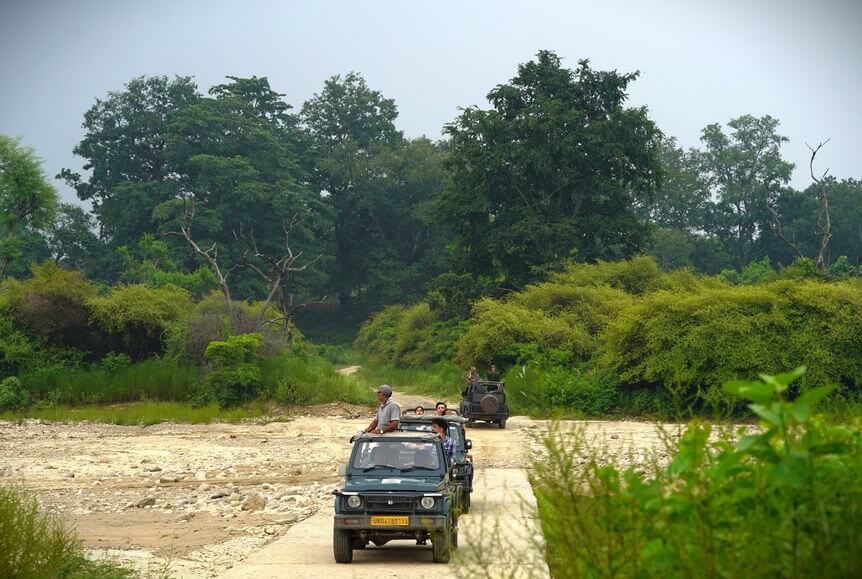
Within ten minutes of crossing the Jhirna checkpoint, Jim Corbett National Park was all in the mood to bless us with the rare sight of its native wild cat. As much as it is known as the abode of Tiger, scouring the wild beast, especially off-season, is a rare encounter. As the mighty Tiger sneaked out of the bushes and walked at an unhurried pace past the dusty stretch sandwiched between the safari jeeps, I knew I just got lucky.
Table of Contents
Approaching the tiger’s den
Named after revered British hunter and naturalist who hunted down man-eaters in India, Jim Corbett National holds infinite stories buried in its chest. I planned a trip to Nainital and Jim Corbett with my parents when they visited me in Delhi during the last week of August.
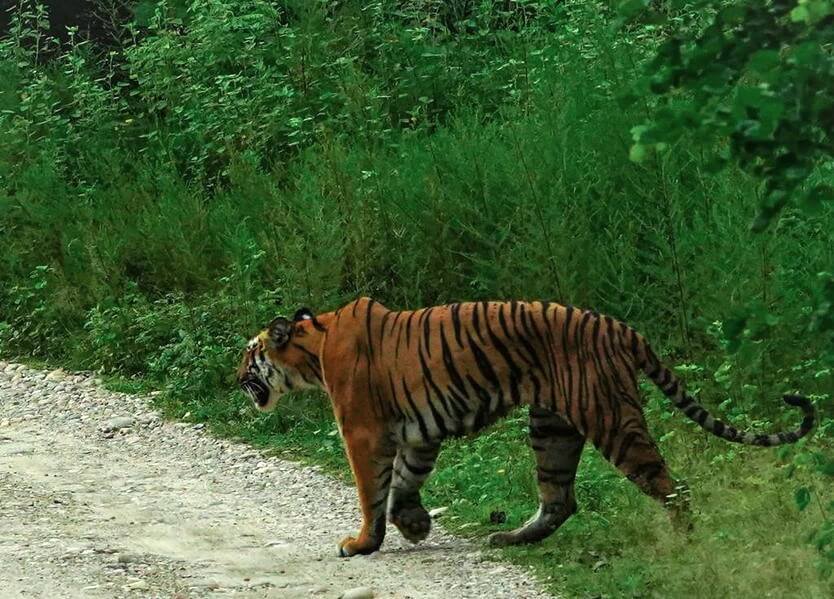
The fame of Jim Corbett and the stories of its elaborate encounters with man-eaters make it a bucket list destination for most people. So did it in my mom’s and my wishlist. September is definitely not the best reason to visit any national park, let alone Jim Corbett. The wildlife is scanty, hidden somewhere in the deep corridors of the jungle. Monsoons create gushing rivers and keep the tigers from coming out to drink water.
Nevertheless, we took our chances. And it turned out to be the best one. Yes, we spotted the mighty tiger, off-season and right there, bewitching our eyes.
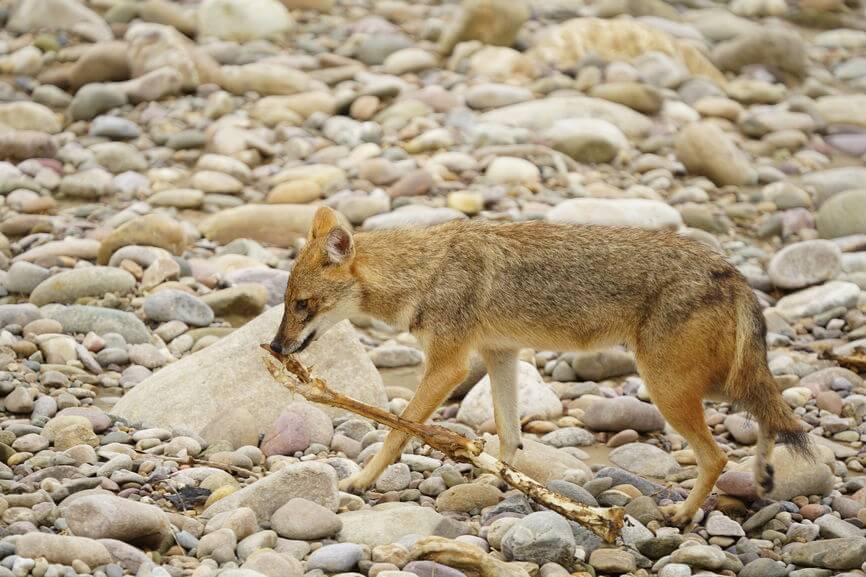
Safari – Chronicling through the jungle
Safaris are quite popular in Jim Corbett National Park and available all year round. With an abundance of wildlife, the lure of big cats, and a plethora of flora – it’s a paradise for photographers, naturalists, researchers, and wildlife enthusiasts. For travelers, a 3 to 4-hour of safari gives a slice of wildlife experience.
It’s a wild-wild ride with tons of patience!
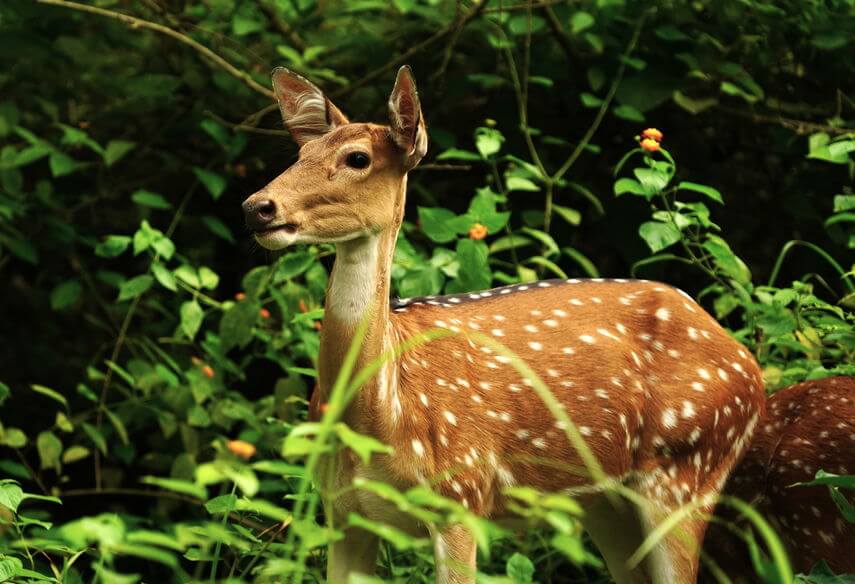
Scouring for the big cat, I did not want to miss the fauna that existed in plain sight or tucked hidden in the bushes. The urgency of spotting a tiger often leads to circling the forest without paying heed to other animals and birds. Since our appetite to spot the jungle majesty was fulfilled in just 15 minutes, we waited for good 25 minutes in the safari jeep in the hope of seeing it again.
While we stood silently whispering in the jeep, a sudden rustling in the bushes caught our attention. Oblivion of its presence, a sambar deer jumped in hurry and dashed past the jungle, vanishing in the deep greens of the national park. A musky smell lingered for a few seconds after it galloped its way.
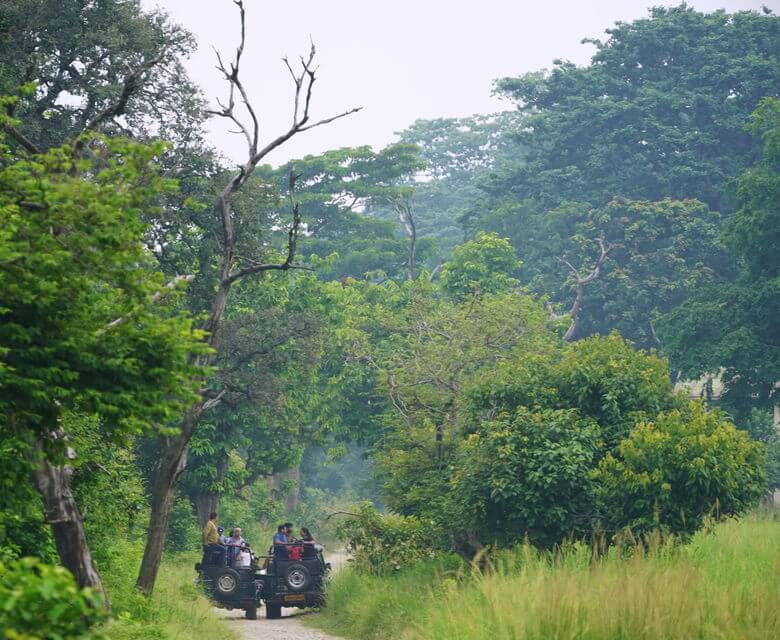
Birds in all colours chirped and made their presence felt. Our guide showed us a few birds – blue-throated barbet, long-tailed broadbill, stork-billed kingfisher, heron, woodpecker, and many others (my memory is currently a little weak on the names). As the gypsy veered away from the dirt trail into a river bed dotted with stones, a jackal walked past us clumsily grabbing a bone by his mouth.
Also, read about Manas National Park
Booking a Safari at Jim Corbett
Jeep Safari
The time for the jeep safari is in the morning and evening.
- Morning Safari – 6.00 AM to 9.00 PM
- Evening Safari – 1.30 PM to 5.00 PM
The cost of a Safari per jeep is Rs 5000 for Indians and Rs 12000 for foreigners. The safari entry zones are Bijrani, Garjiya, Jhirna, Dhela, Durgadevi, Phato, & Sitabani. Out of all the zones, Jhirna and Dhela are the most popular, often recognized as tiger-spotting zones.
Canter Safari
Each canter has 16 seats and the price per person is Rs 1600 (Indians) and Rs 3500 (for foreigners).
- Morning Safari – 6.00 AM to 11.30 PM
- Evening Safari – 1.30 PM to 5.00 PM
You can book your safari using the website www.corbettonline.uk.gov.in/. Alternately, you can also request the place of your accommodation to book the safari on your behalf.
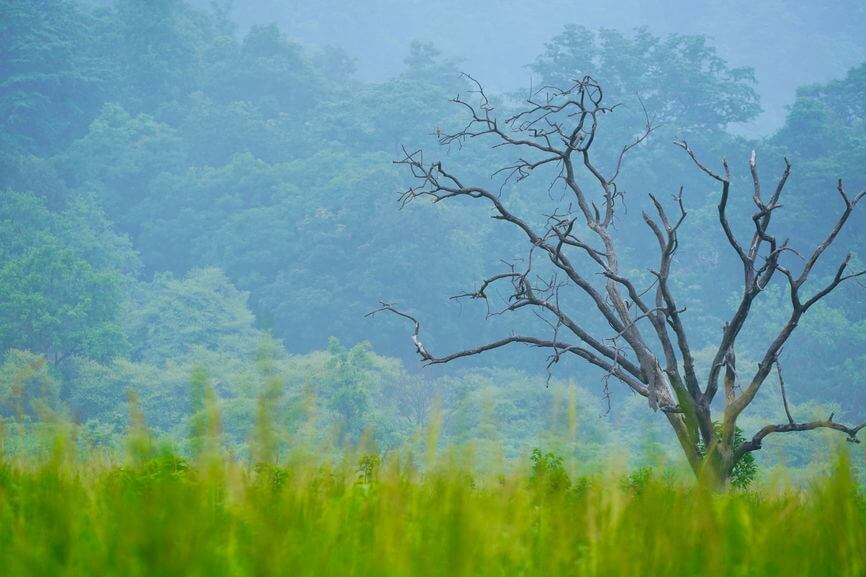
How to Reach Jim Corbett National Park?
It’s a good 7 to 8 hours drive from Delhi. However, you can also take a train to Ramnagar, which is the closest railway station to Jim Corbett National Park. There is a direct train connecting Ramnagar with Delhi.
Where to Stay In Jim Corbett National Park?
There are a plethora of accommodation options starting from luxury hotels, and jungle resorts to modest homestays. You can check for hotels or resorts at www.booking.com.
We booked Srina Forest Roar. The resort is located a little on the outskirts but located close to the forest by the river bank. If you are looking for a peaceful stay, it is a good option for accommodation.
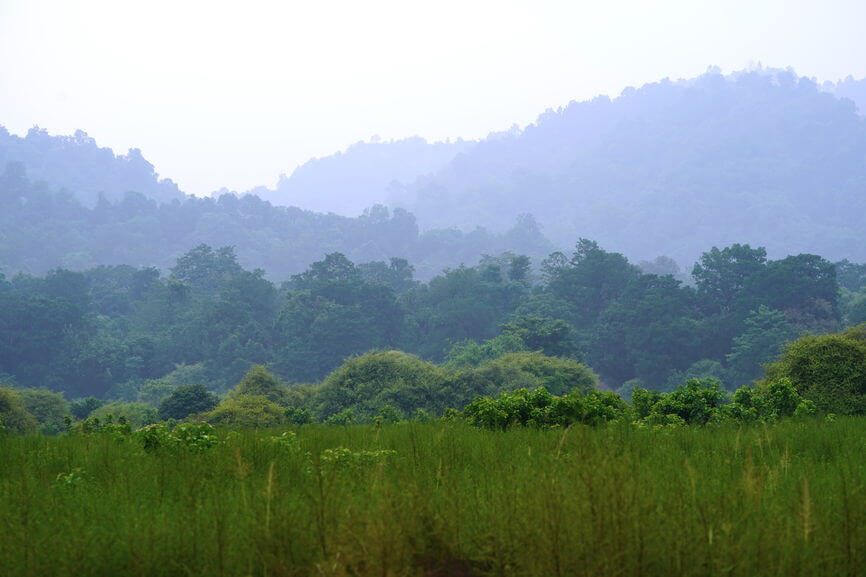
PIN THE POST TO READ LATER!
